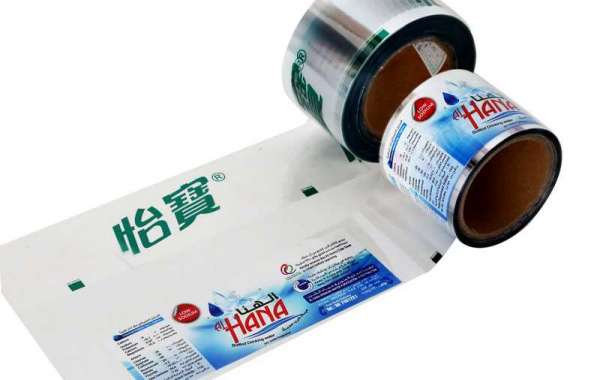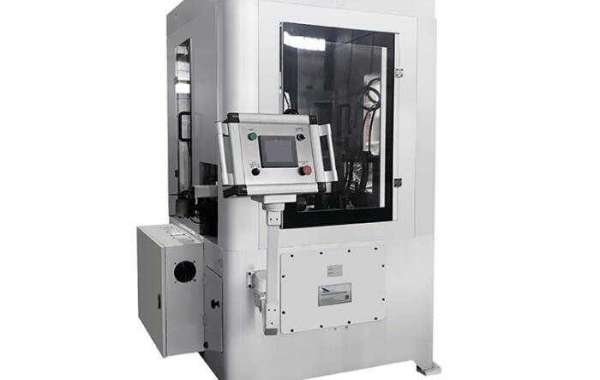Light Transfer Paper
If you are trying to transfer an image to a white fabric, you must use heat transfer paper designed for lighter surfaces to ensure that it appears fully and crisply. Light transfer paper should also be used for lighter fabric that is not fully white, such as pink, yellow, or lighter tones, as well as beige or light grey.
When using light paper, the image is printed in reverse onto the paper. The transfer paper is then placed with the image facing down onto the fabric and the backing of the paper facing away from the fabric, toward the heat source. After the heat is applied and the paper cools, the sheet is removed the image has transferred on to the fabric. This is sometimes referred to as “hot peel” transfer.
Dark Transfer Paper
On fabrics or surfaces that are dark—such as brighter colors, saturated colors, black, and dark grey—it is important to use dark transfer paper. This is because inkjet printers do not print in white and so the image needs the white background of the dark transfer paper to be visible. The white background is transferred to the fabric as an opaque sheet in order to reveal the image. If you attempt to use light transfer paper to fix an image onto a darker fabric, when the white background of the paper is peeled away from the image, you will not be able to see the ink of the image very well or at all.
When using dark paper, the image is printed onto the paper facing the right way. The backing paper is peeled off and the image is placed on the fabric facing up. A protective sheet made of silicone or Teflon is lain over the image and it is pressed onto the fabric by the heated element. After the protective sheet and fabric has cooled, the sheet is removed. This is sometimes referred to as “cold peel” transfer.
It is important to trim and remove all of the white areas on the paper that you do not want visible, including between spaces within the image and around the edges of the image. Because of this need to trim the white on the paper, when you transfer an image to a darker fabric, it is easiest to use a design that is squared off or has mostly straight edges. Try to avoid transferring images that are complex and intricate, or that have lots of letters that must be cut out.
For both of these reasons—the placement of the image and the trimming of extra white from the backing paper—the dark paper transfer process can be more time consuming and require more attention to finer details in order to come out right.
It is possible to transfer an image onto a dark fabric using light paper, but because ink and the paper are somewhat transparent, some of the image will likely appear in the color of the underlying fabric or will result in a blending of the colors. One solution is to design your image with a solid background, particularly one that matches the color of the fabric onto which it is being transferred.
If you are interested in heat transfer printing film, welcome to contact us!








